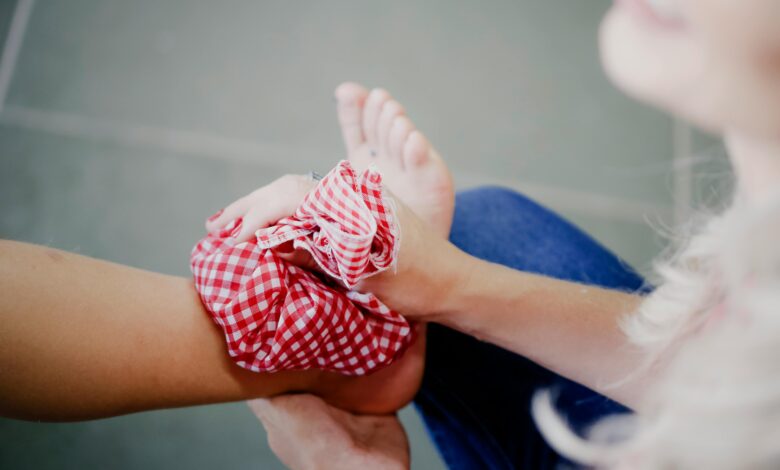Restoring Balance After a Hike: A Practical Guide to Full Recovery

Hiking challenges both the body and the mind. Reaching the summit or finishing a long trail gives you a sense of achievement and exhilaration. Yet, once you return to level ground and the adrenaline fades, your body reminds you of the effort you’ve put in. Muscles may ache, your feet might feel sore, and energy levels can dip. These after-effects are natural, but they also highlight the need for proper recovery.
In this article, you’ll find some simple but effective steps to restore balance after a hike. By following these tips, you’ll help your body heal and ensure you’re ready for the trails again.
1. Take Care of Your Feet First
Your feet take the brunt of every step during a hike, and they often remind you of that effort once you’ve taken off your boots. Blisters, sore arches, and even minor toenail injuries are common issues after spending hours on uneven ground. Giving your feet proper attention right after a hike makes recovery easier and helps avoid more serious problems.
So what should you do first? Wash your feet with warm water to clean away dirt and bacteria. If you have blisters, resist the urge to pop them. Cover them with blister plasters or sterile dressings instead to prevent infection. For swelling, elevate your feet and apply an ice pack wrapped in a towel for 15 to 20 minutes. Moisturising afterwards can also keep your skin from cracking, especially if you’ve hiked in dry or hot conditions.
If you feel sharp pain, numbness, or swelling that does not improve after a few days, it’s worth seeking advice from a podiatrist or foot expert. Ignoring these signs could lead to longer-term issues such as tendon damage or persistent joint pain.
2. Rehydrate and Replenish
Even if you kept up with your water intake during the hike, your body will still need more once you finish. Long trails cause you to sweat out water and electrolytes that need replacing. Simply drinking plain water may not be enough to restore balance, especially if you hiked in hot weather or carried a heavy load.
Electrolyte drinks or coconut water are useful for topping up sodium and potassium levels. These minerals keep your muscles functioning properly and prevent cramps.
3. Stretch Out Stiff Muscles
Once you’ve rested and rehydrated, it’s time to deal with stiffness. Hiking works a wide range of muscles, from your calves and quads to your lower back and shoulders. Without a bit of stretching, they can tighten up, making simple movements uncomfortable the following day.
Gentle stretching helps restore flexibility and encourages blood flow. Focus on major muscle groups used during hiking, such as your hamstrings, calves, and hips. Hold each stretch for 20 to 30 seconds without forcing your body beyond its limits.
If your body feels too sore for deep stretches, try light movements like walking around your home or gentle yoga poses. The aim is to ease stiffness gradually, not to push for extra flexibility.
4. Refuel with Balanced Nutrition
Food plays a central role in recovery. After a long hike, your body is running on depleted glycogen stores, and your muscles need protein to repair the tiny tears caused by exertion. Skipping proper nutrition slows down healing and can leave you feeling drained for days.
Aim for a balanced meal within two hours of finishing your hike. Include lean protein, such as chicken, fish, or beans, to support muscle repair. Add complex carbohydrates like brown rice, oats, or sweet potatoes to restore energy. Healthy fats, such as avocado or olive oil, help reduce inflammation and support joint recovery.
5. Rest and Sleep Well
No recovery plan works without rest. Sleep is when your body does its most important repair work. Muscles rebuild, energy stores refill, and your mind resets. Even if you don’t usually struggle with sleep, the physical strain of hiking can make quality rest harder to achieve.
A warm shower before bed can relax sore muscles and signal to your body that it’s time to wind down. Try to get a full night’s sleep in the days following your hike rather than cutting it short.
6. Check Your Posture and Joints
Hiking often challenges more than just muscles. Carrying a backpack and navigating steep or uneven paths can put pressure on your joints, particularly the knees, hips, and lower back. Once the hike is over, it’s important to check in with your posture and joint health.
Take notice if you feel lingering discomfort when walking or sitting. If your back feels strained, simple core-strengthening exercises can help stabilise your posture. Squats and lunges, performed carefully, support the muscles that protect your knees and hips.
If pain doesn’t ease after a few days, consider seeing a physiotherapist.
Recovery is often seen as the quiet side of hiking, but in truth, it’s what allows the adventure to continue. By giving your body the care it needs, you invest in your strength, resilience, and enjoyment of the outdoors. Hiking will always challenge you, but how you respond afterwards determines how ready you’ll be for the next climb. Think of recovery not as the end of your hike but as the bridge to your future journeys, helping you meet each trail with renewed balance and energy.



